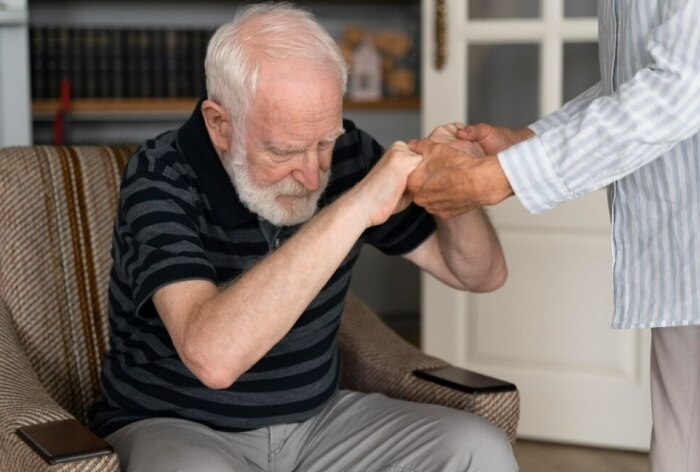According to a latest study on Parkinson’s researchers have identified that this neurodegenerative disorder can be identified as early as 20-30 years before.

Parkinson’s disease is a neurodegenerative disorder that affects the central nervous system. The nervous system controls the nerves and plays a crucial role in managing our motor skills, body movements, speech etc. As we age, so do our organs as a rite of passage. Parkinson’s is a common problem for the elderly where their speech gets slurry, they become slow and other things. According to a recent study published by Australian researcher, there is a possibility to detect early on of Parkinson’s as early as 20-30 years before the symptoms actually start to show. A biomarker called F-AV-133 can help in diagnosing Parkinson’s disease and accurately track neurodegeneration according to the researchers from the Florey Institute of Neuroscience and Mental Health, Melbourne
“Parkinson’s disease is very hard to diagnose until symptoms are obvious, by which time up to 85 per cent of the brain’s neurons that control motor coordination have been destroyed. At that point, many treatments are likely to be ineffective,” said Kevin Barnham, professor at The Florey and lead researcher of the study published in the journal Neurology.
Early detection of this disorder can help with better treatment. Here are a few early signs and symptoms that one must never ignore.
PARKINSON’S DISEASE: 7 EARLY WARNING SIGNS AND SYMPTOMS
- Tremors: Shaking of the hand is the most common sign of Parkinson’s. According to Mayo Clinic, You may rub your thumb and forefinger back and forth. This is known as a pill-rolling tremor. Your hand may tremble when it’s at rest. The shaking may decrease when you are performing tasks.
- Bradykinesia: Over time, the movement of our body becomes slow. Simple tasks may take twice the time. Getting up a chair, walking etc can all get a bit difficult.
- Rigidity in Muscles: Muscle stiffness can limit the movement of the body. This is another warning sign that may occur even in the middle of the day.
- Impaired posture and balance: Posture is another important one that must be kept an eye on. Losing balance frequently while doing chores or having a stopped posture is indicative of nervous system problems.
- Loss of automatic movements: Parkinson’s can be tough. Movements that we make today unconsuly may become more difficult. Blinking, smiling, or swinging arms gets reduced.
- Speech changes: Another tell-tale sign of Parkinson’s is slurry speech. The speech may be more of a monotone rather than have the usual speech patterns.
- Writing changes: It may become hard to write, and your writing may appear small.
